The flooring industry has seen significant advancements in recent years, offering diverse, high-quality options to suit modern homes. It’s also forecast to have a major potential for profit, with the global smart flooring market valued at USD 230.1 million and forecast to grow at a whopping CAGR of 58.9% to reach USD 5,873 million by 2030.
In this article, we’ll explore the top flooring trends in 2024, examining the materials, colors, and patterns expected to dominate the market. We will delve into each option’s unique benefits and drawbacks, helping homeowners make informed decisions when upgrading their living spaces.
Table of Contents
What to consider when choosing flooring materials
An overview of the evolving flooring market
Top flooring options in 2024
Conclusion
What to consider when choosing flooring materials
Budget
First, you’ll want to calculate the room’s square footage to determine the overall project cost prior to installation. Aside from the flooring materials, labor rates, subfloor preparation, and post-installation treatments like sealing or finishing will also influence the final project cost.
Aesthetic preferences
The choice of color, pattern, or texture will mostly be down to personal style and interior design preferences. For example, while hardwood floors offer a timeless appeal, tiles provide a modern, sleek appearance. Meanwhile, carpet is preferable for adding a layer of comfort and luxury to your space.
Floors cover a large surface area, so their appearance greatly impacts a space’s overall ambiance. Ideally, flooring should complement the room’s color palette and enhance the texture of the walls and furniture.
Durability and wear resistance
Different flooring materials have varying lifespans. The last thing you want is to install a gorgeous new floor only to have it scratched up and shabby a few months later. For high-traffic areas or homes with kids and pets, your best bet is on laminate or vinyl.
Hardwood and natural stone are also known for their toughness and durability. They cost more upfront but can last a lifetime with proper care.
Maintenance and cleaning

You’ll also want to keep maintenance and cleaning in mind when picking out flooring. If you’re a busy bee with little time for cleaning, opt for a low-maintenance material like laminate or vinyl planks.
Hardwood and natural stone floors make for an eye-catching surface, but they’re also high-maintenance, requiring sweeping, mopping, and occasional resealing to stay in prime condition.
Climate and moisture consideration
A region’s humidity and temperature fluctuations can impact the performance and durability of flooring materials. For example, if you live in a place with more extreme temperature swings or high humidity, wooden floors may not be a practical choice. They expand and contract with fluctuations, leading to warping, buckling, or gaps in the flooring.
Damp and spill-prone areas (bathrooms and kitchens) require flooring material with good moisture resistance to minimize the risk of mold and mildew growth. Consider installing tile, vinyl, or laminate to withstand such conditions.
Allergy concerns
Some types of flooring are more hospitable to irritants than others. Carpet fibers, for instance, trap dust and allergens, which then get kicked up into the air when you walk across the room.
If allergies are a concern in your household, opt for smooth, hard surfaces like hardwood, vinyl, laminate, or tile. You can also use area rugs over hard surfaces to add some softness and style without going full-on shag carpet.
Underlayment
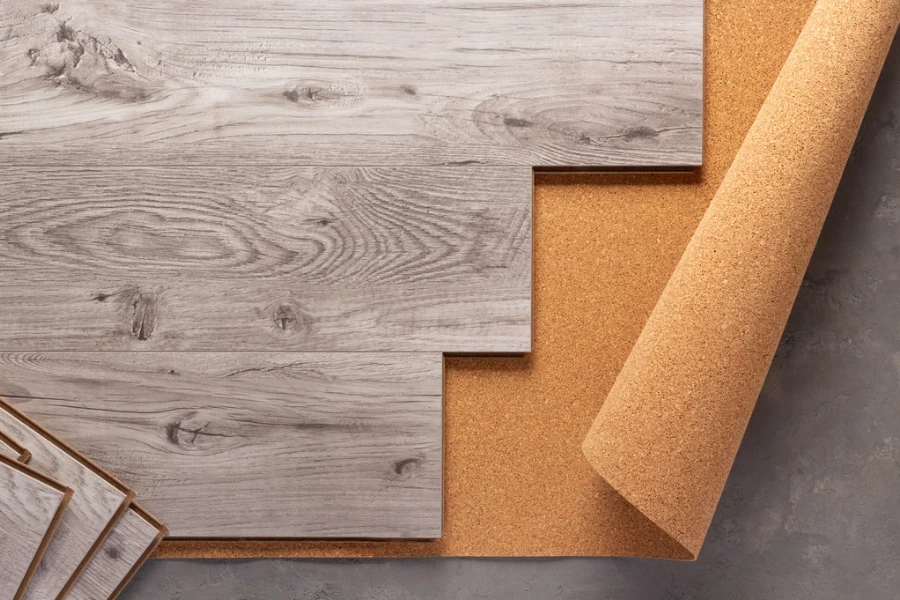
Floor underlayment cushions, insulates, and reduces wear on the flooring. Depending on the subfloor, you can choose an underlayment to suit your needs.
Thin foam underlayments are most popular for noise control, comfort, and mold resistance. Other common options include rubber, felt, and cork underlayments, which are also worth considering for your flooring project.
Long-term resale value
While flooring is just one aspect of a home, making informed decisions about materials can contribute to a positive return on investment. Hardwood floors fetch the highest paybacks at around 118% and are a favorite among home buyers.
An overview of the evolving flooring market
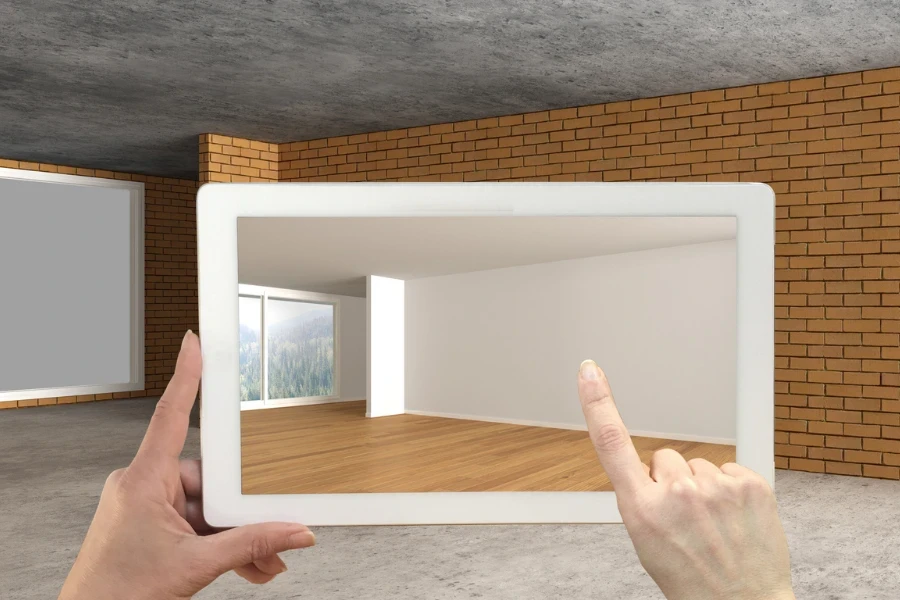
Smart flooring technology
As with many daily gadgets, flooring is going smart too! These floors integrate motion sensors, LED lighting, and heating capabilities for personalized comfort. They can be integrated with other smart home devices and systems, including voice assistants for remote control.
Growing emphasis on eco-friendly materials
As the world steers towards sustainability, renewable options like linoleum, cork, rubber, and bamboo floors are gaining traction in today’s market. Recycling old flooring materials into new products is also crucial for waste reduction, a significant part of the circular economy.
Artistic inlays and patterns
Herringbone and chevron are traditional tile trends making a comeback in 2024, with many homeowners opting for flooring with geometric patterns. Those looking to add refined elegance to their interior space may also want to consider marble mosaics.
Exotic hardwoods and natural stone
The rich textures of exotic hardwoods are unmatched, as is their durability. Wider planks, especially in light browns and gray shades, are gaining popularity compared to traditional narrow counterparts. Designers prefer natural stone in granite, limestone, slate, or tile for outdoor pavers and kitchens.
Top flooring options in 2024
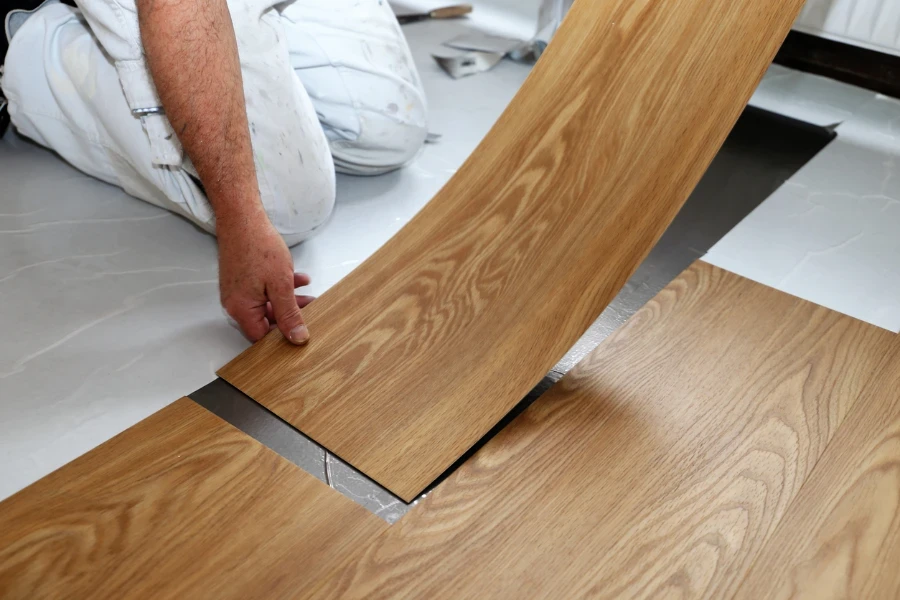
Laminate floors
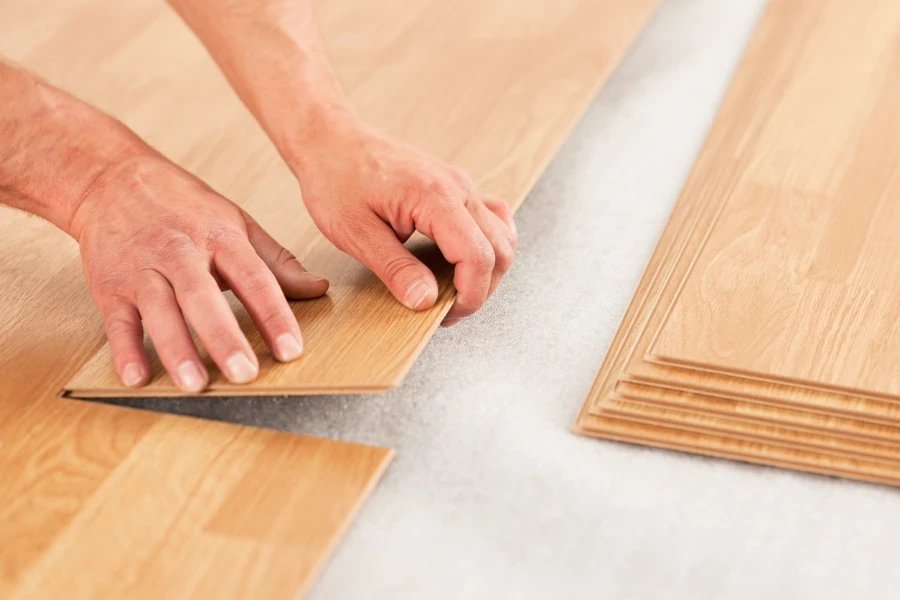
Laminate flooring is an attractive option for homeowners who desire a wood-like finish but on a budget. Most laminate floors feature a click-lock or tongue-and-groove design, allowing for quick and easy installation without glue or nails.
Tile
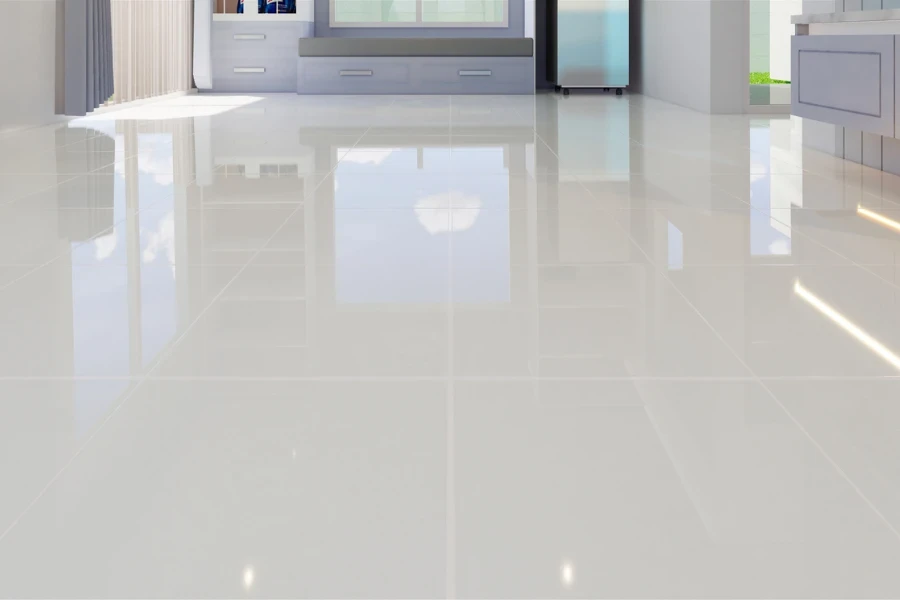
Tiles come in various colors, patterns, sizes, and textures to suit any interior style. The most popular types are ceramic, glass, porcelain, mosaic, and terrazzo. Natural stone tiles are also worthwhile but need more maintenance than other materials.
Carpeting
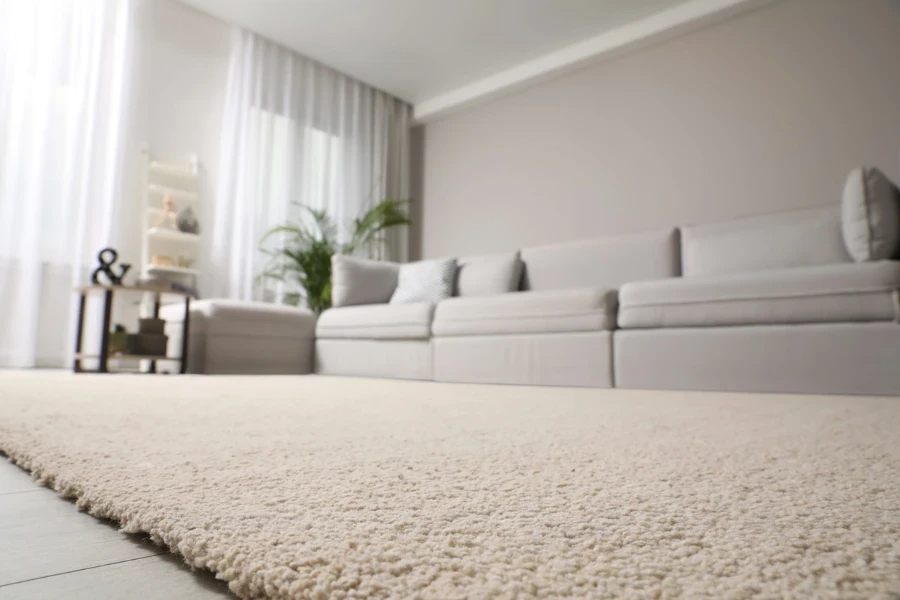
Carpets provide a soft, warm, and comfortable surface to walk on, making them especially pleasant in bedrooms and living areas. The fiber type, pile, padding, stain resistance, color, and pattern are properties to consider when buying a carpet or area rug.
Engineered hardwood flooring
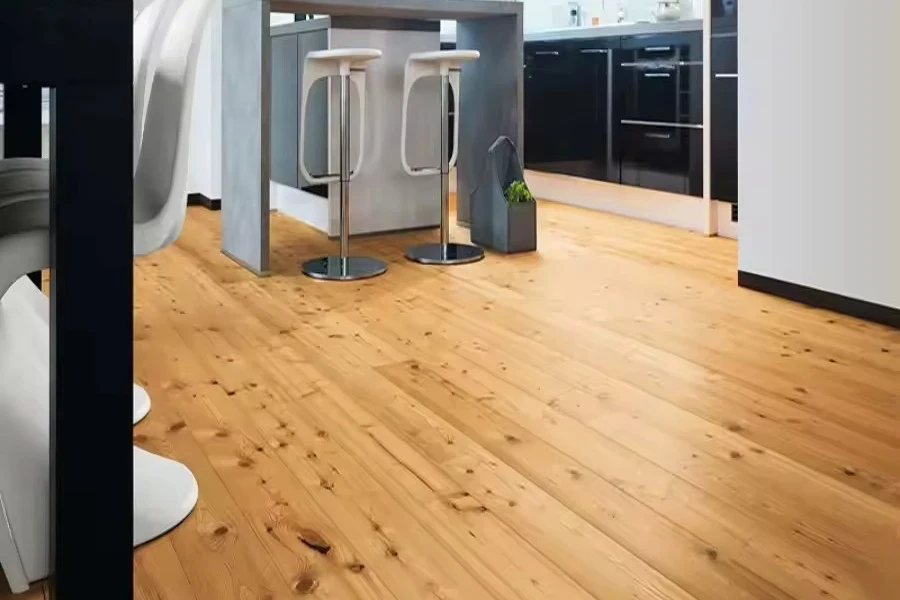
Engineered hardwood floors consist of a top hardwood veneer and core layers typically made from plywood or high-density fiberboard (HDF). The top veneer is manufactured from bamboo, oak, maple, walnut, cork, or locust wood.
Luxury vinyl plank (LVP) and luxury vinyl tile (LVT)
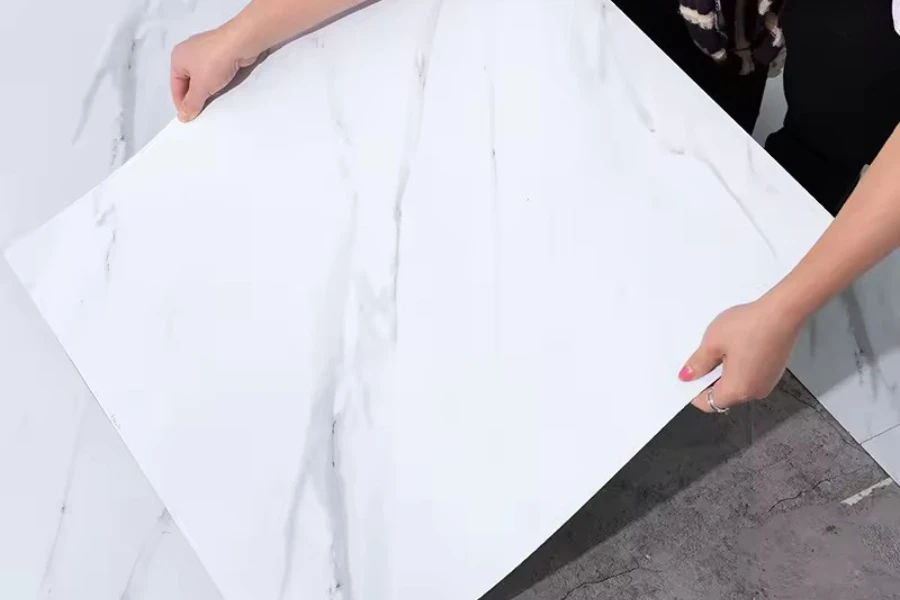
Luxury vinyl flooring mimics the look and texture of wood, stone, or ceramic tile at a fraction of the cost. LVP and LVT also offer the added benefits of durability, water resistance, and simple DIY installation.
Conclusion
In 2024, homeowners have a wide array of flooring options, each offering unique benefits and aesthetics. The best flooring choice for your home will depend on your lifestyle, budget, and personal preferences. Consider the unique needs of each room and weigh the pros and cons of various flooring materials before purchasing.
For more tips and tricks on how to build the perfect home, subscribe to Alibaba.com Reads today.




